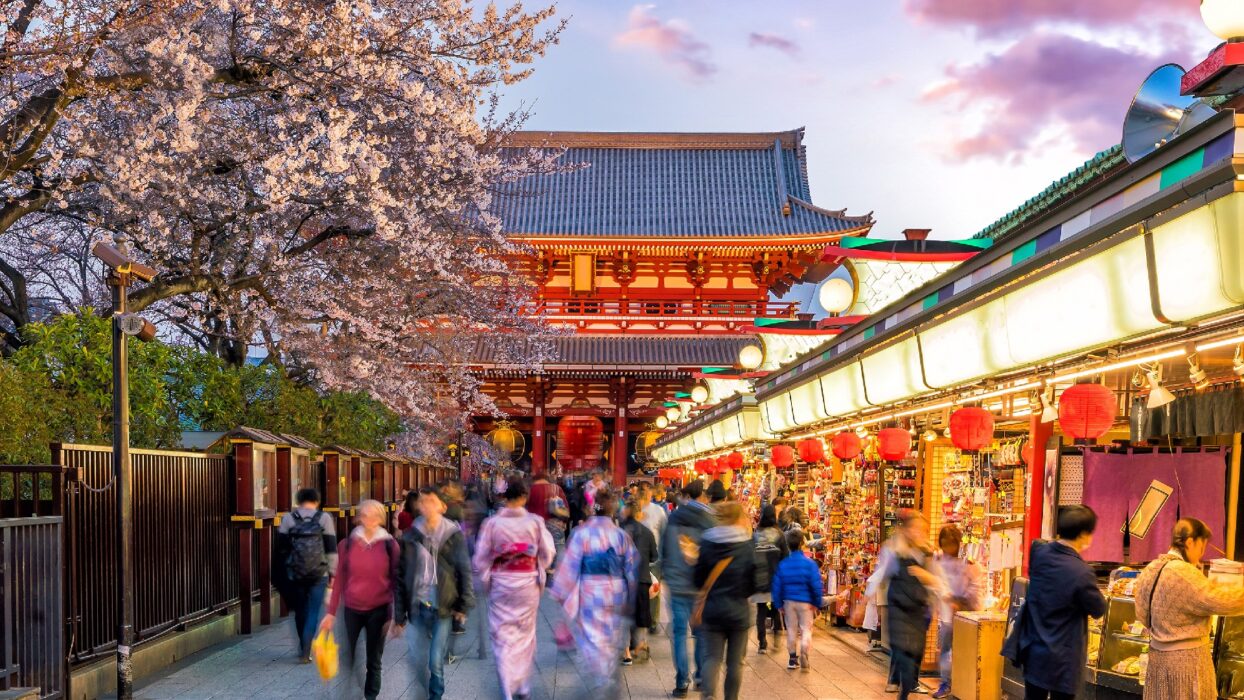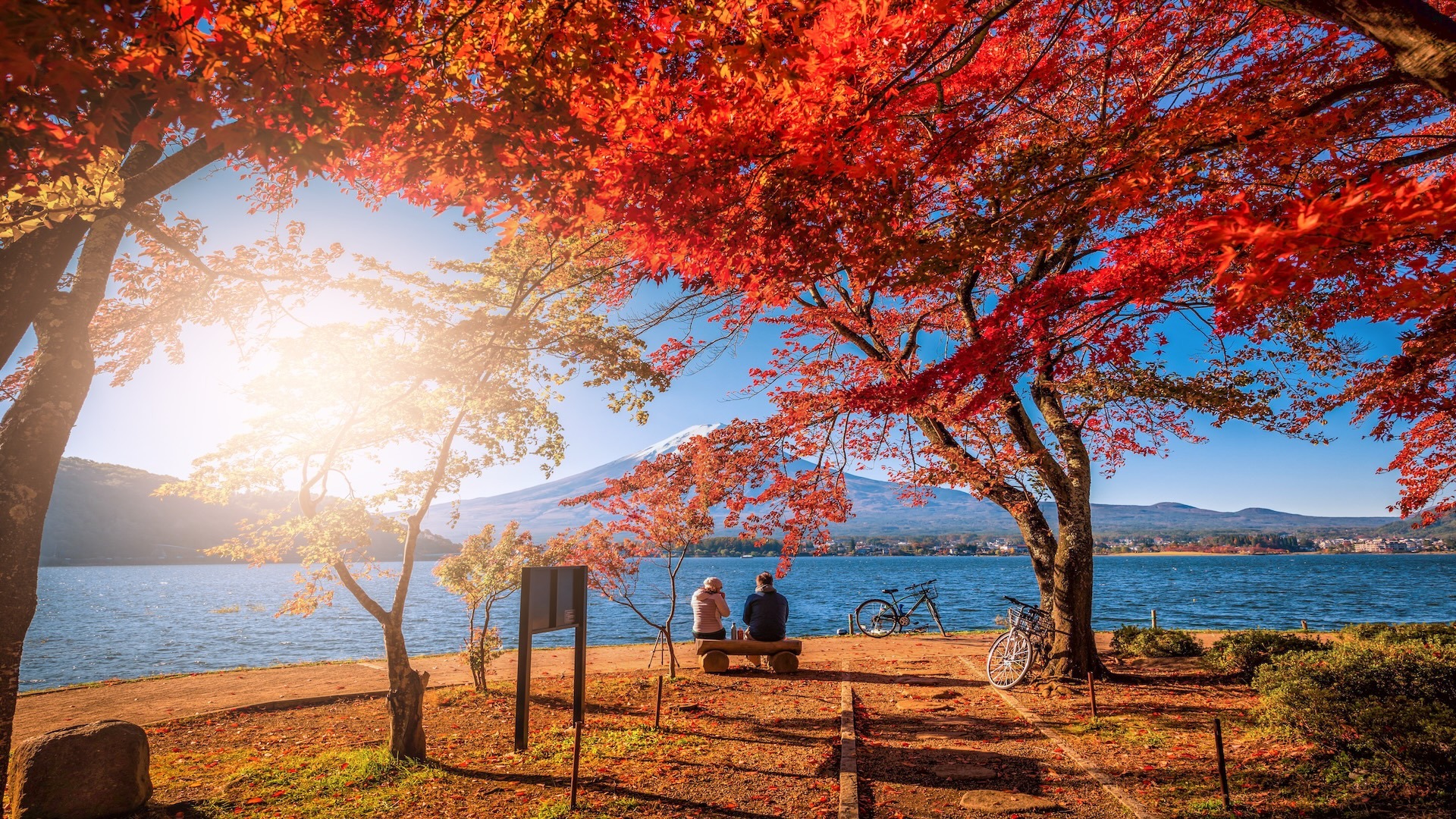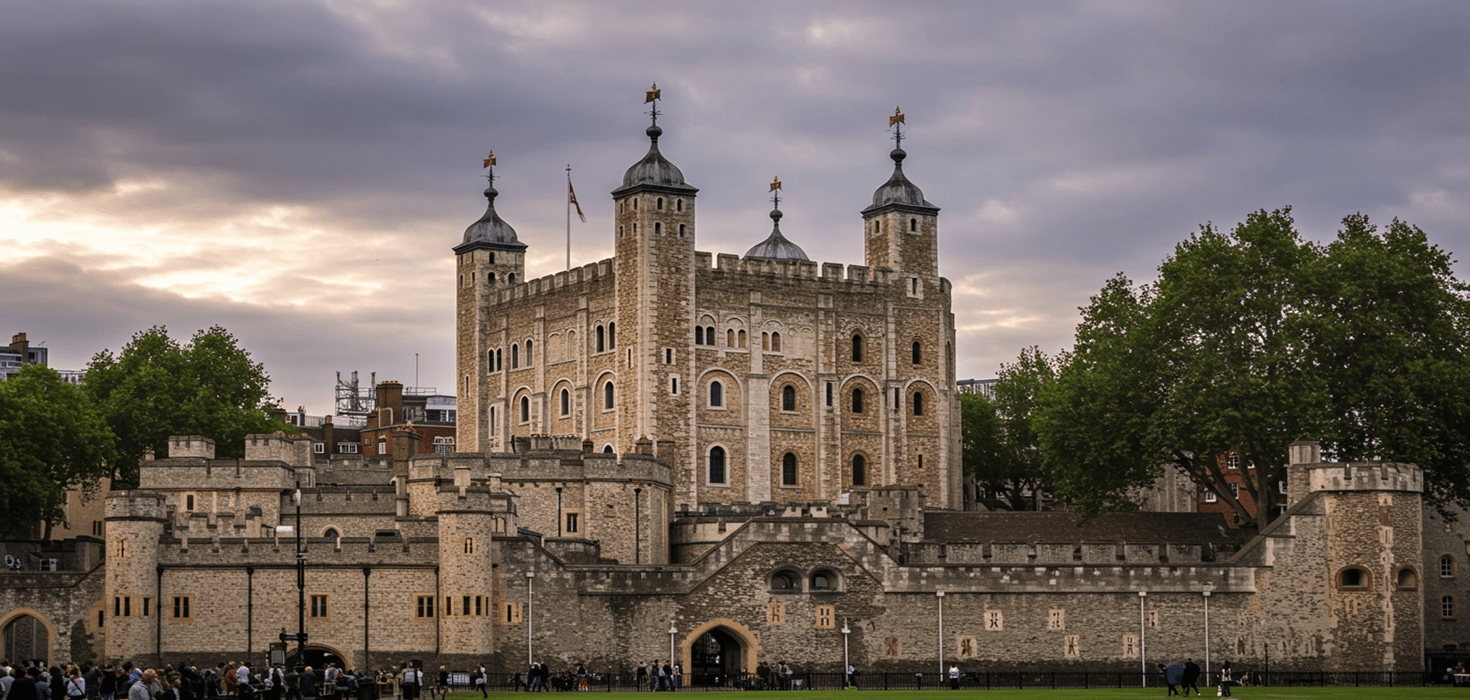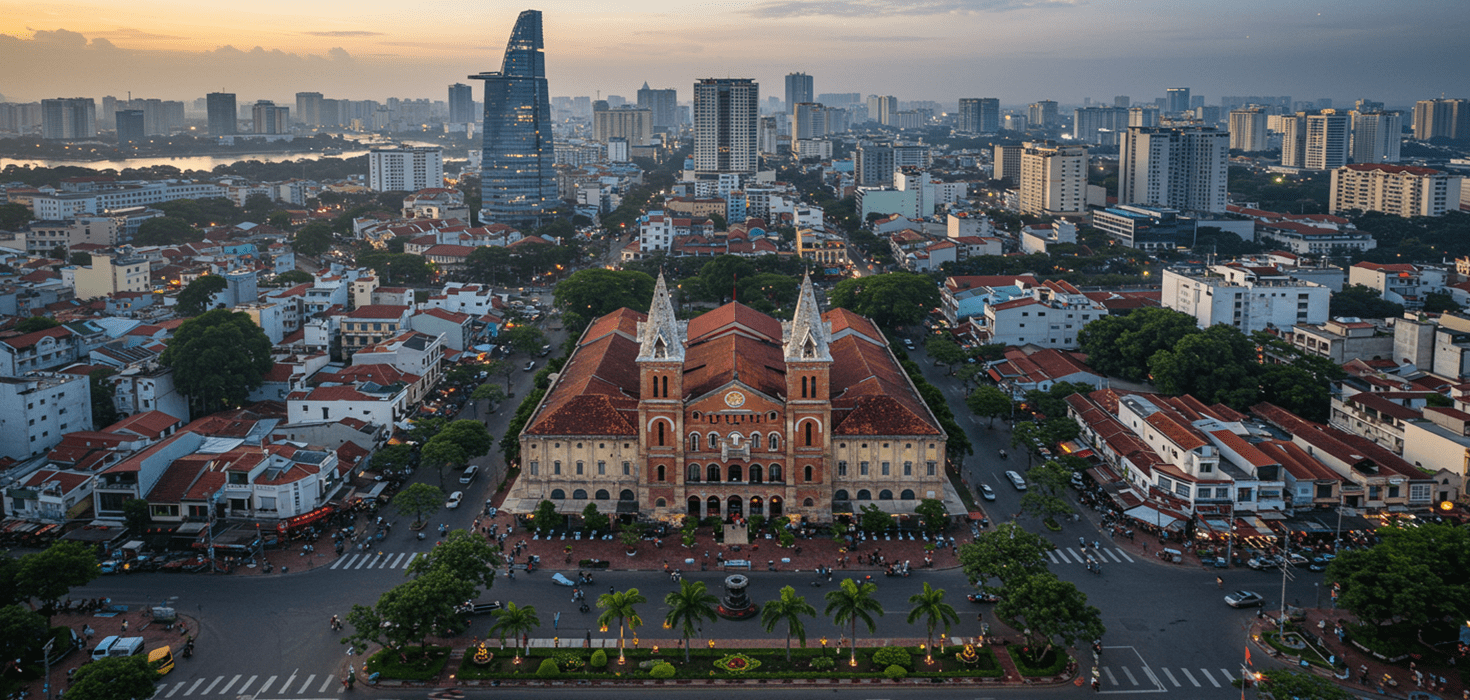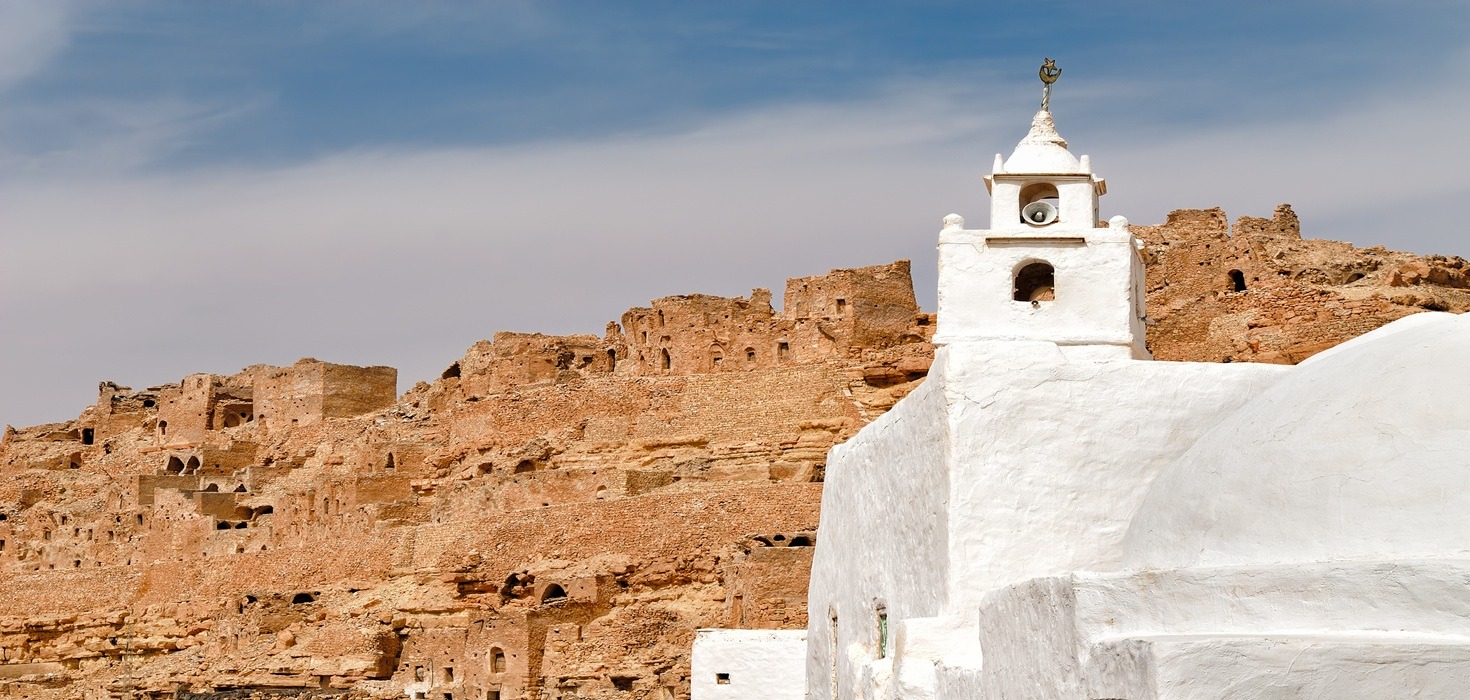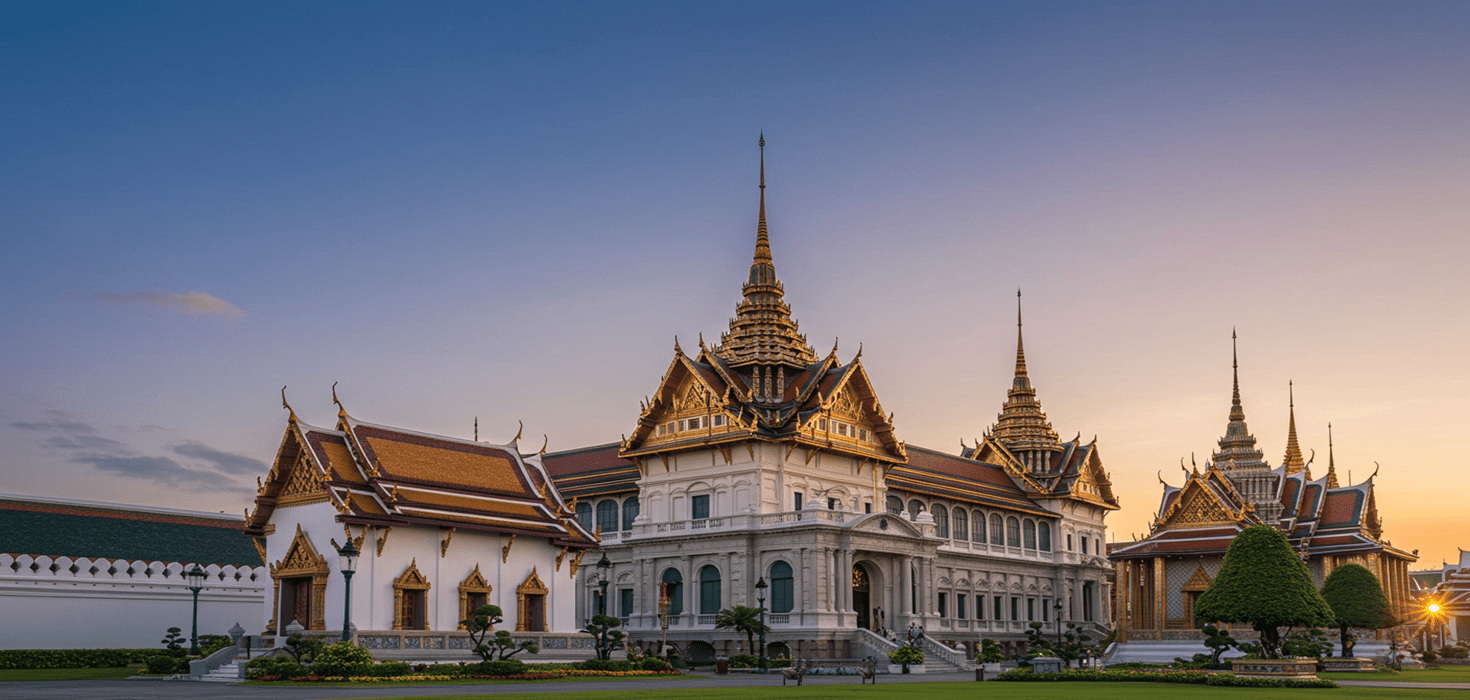New Year’s Day in Japan, known as Shogatsu, is a time of renewal, reflection, and celebration. It’s a unique blend of ancient traditions and modern festivities that offers travelers a glimpse into the heart of Japanese culture. From the ringing of temple bells to the first shrine visit of the year, Japan’s New Year celebrations are a must-experience for anyone visiting the country during this time.
Understanding the Significance of Shogatsu
Shogatsu is one of the most important holidays in Japan, marking the beginning of the new year. It’s a time for families to come together, pay respects to ancestors, and pray for good fortune in the coming year. The celebrations typically last from December 31st to January 3rd, with various customs and traditions observed throughout this period.
The Ritual of Hatsumode
One of the most significant traditions during Shogatsu is Hatsumode, the first shrine visit of the year. Millions of Japanese people visit Shinto shrines and Buddhist temples to pray for health, happiness, and prosperity. Popular shrines like Meiji Jingu in Tokyo and Fushimi Inari Taisha in Kyoto see a surge of visitors during this time.
Traditional New Year Foods
Food plays a central role in Japanese New Year celebrations. Osechi ryori, a special set of dishes prepared for the New Year, is enjoyed by families across the country. Each dish in the osechi has a symbolic meaning, such as health, happiness, or longevity. Another popular dish is toshikoshi soba, eaten on New Year’s Eve to symbolize the crossing from one year to the next.
Festive Decorations and Symbols
During the New Year, Japan is adorned with beautiful decorations that hold cultural significance. Kadomatsu, made from pine, bamboo, and plum trees, are placed at the entrances of homes and businesses to welcome ancestral spirits. Kagami mochi, a stack of two rice cakes topped with a mandarin, is displayed in homes as an offering to the gods.
Sending Nengajo: New Year Cards
Another cherished tradition is the exchange of nengajo, or New Year cards. These cards are sent to friends, family, and colleagues, often featuring the zodiac animal of the coming year. The Japanese postal service ensures that nengajo are delivered precisely on January 1st, adding to the excitement of the holiday.
Experiencing Joya no Kane
On New Year’s Eve, many temples across Japan perform the Joya no Kane ceremony, where a large bell is rung 108 times. This ritual symbolizes the cleansing of the 108 earthly desires in Buddhist belief, allowing people to start the new year with a pure heart.
New Year Shopping and Fukubukuro
The New Year is also a time for shopping, with many stores offering fukubukuro, or “lucky bags.” These mystery bags contain a variety of items sold at a significant discount, making them a popular purchase among shoppers looking for a bargain.
Participating in Mochitsuki
Mochitsuki, the traditional rice cake-pounding ceremony, is a fun and interactive activity that many families and communities participate in during the New Year. The freshly pounded mochi is enjoyed as a symbol of strength and unity.
Seasonal Activities and Experiences
New Year’s in Japan offers a variety of seasonal activities that provide a deeper understanding of the country’s rich culture. From traditional performances to modern celebrations, there’s something for everyone to enjoy.
Witnessing the First Sunrise
Known as Hatsuhinode, witnessing the first sunrise of the year is a cherished tradition in Japan. Many people travel to scenic spots like Mount Fuji or coastal areas to catch a glimpse of the sunrise, symbolizing hope and renewal.
Exploring New Year Festivals
Throughout Japan, various festivals and events are held to celebrate the New Year. These festivals often feature traditional music, dance, and food, providing a festive atmosphere for both locals and tourists.
Practical Tips for Travelers
Traveling to Japan during the New Year can be a rewarding experience, but it’s essential to plan ahead. Here are some practical tips to ensure a smooth and enjoyable trip:
Plan Your Accommodations Early
With many locals traveling to visit family, accommodations can fill up quickly. It’s advisable to book your stay well in advance to secure the best options.
Be Prepared for Closures
Many businesses, including restaurants and shops, may close for several days during the New Year. Plan your itinerary accordingly and check opening hours in advance.
Embracing Japanese New Year Traditions
Experiencing New Year’s Day in Japan is a unique opportunity to immerse yourself in the country’s rich cultural heritage. Whether you’re participating in traditional ceremonies or enjoying modern festivities, the spirit of renewal and celebration is palpable.
Engage with Local Customs
Take the time to engage with local customs and traditions. Whether it’s trying your hand at calligraphy or enjoying a tea ceremony, these experiences offer a deeper connection to Japanese culture.
Capture the Memories
Don’t forget to capture the memories of your New Year adventure in Japan. From the vibrant decorations to the serene landscapes, there’s no shortage of photo opportunities to commemorate your trip.
Whether you’re a first-time visitor or a seasoned traveler, celebrating New Year’s Day in Japan offers a unique blend of tradition and modernity. Embrace the opportunity to start the year with new experiences and cherished memories.

